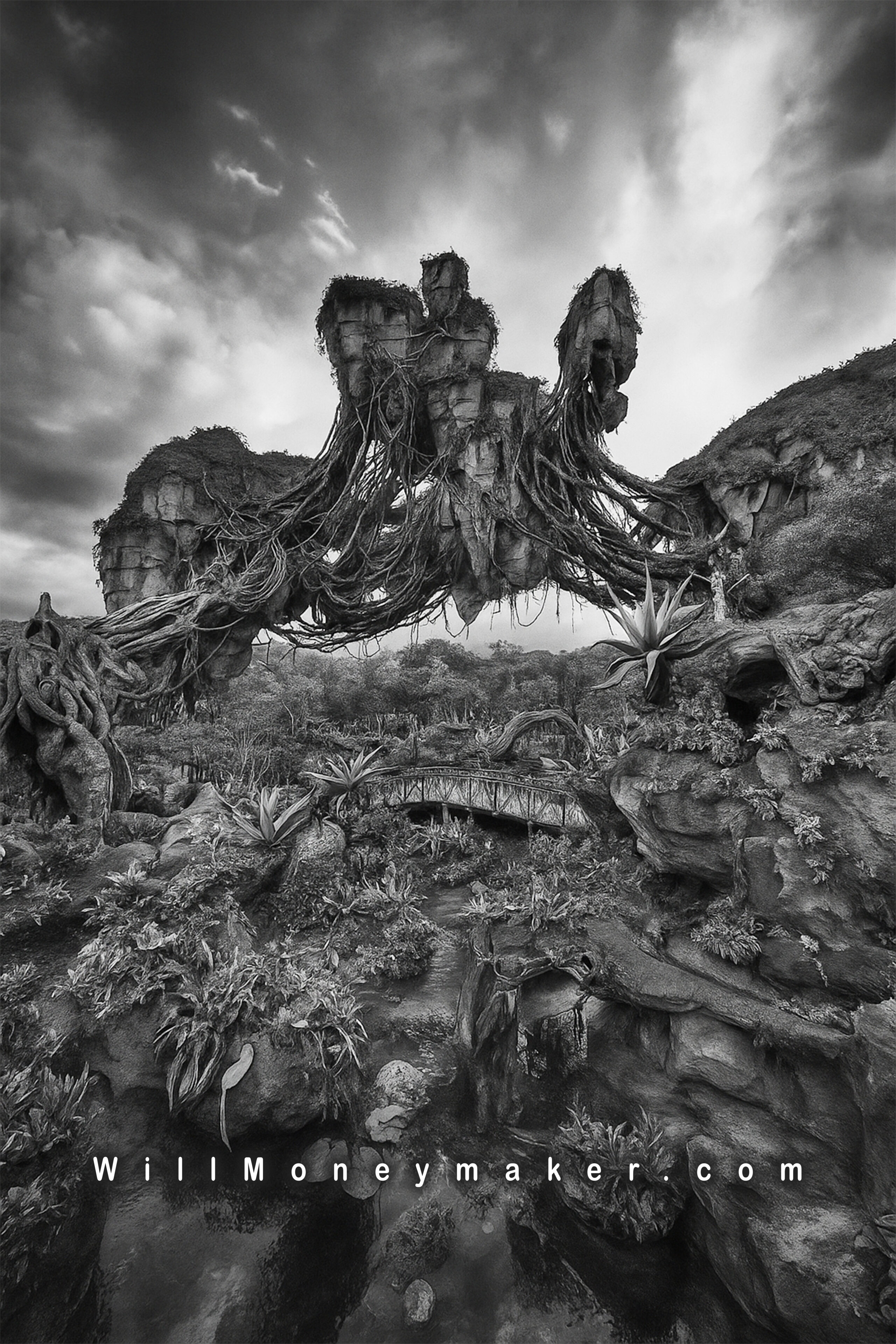Photographers are, by nature, perfectionists. It’s ingrained into us to be highly conscious of every last little detail because sometimes, those details can make or break a photograph. So we struggle and we cause ourselves a lot of stress trying to make sure that every last little detail within an image is exactly how we want it to be. In the end, we end up with these scientifically perfect images in which the exposure is spot on, the focus is tack sharp, the colors are ideally rendered — you get the point. It goes so far that we spend hundreds, often thousands of dollars on gear and software that will help us chase that perfect photograph.
All of this leads me to my next thought, which is this: At what point do all of these details start to bog us down? Is it possible that we sometimes reach a point where we are so worried about focus, color, exposure and all of the rest of those pesky details that the worry itself starts to get in the way of the art? To my mind, there has to come a time where we must step back from the perfectionism, if only by a little bit. Perhaps it is beneficial to stop fretting over the fact that you accidentally stopped the aperture down just one stop too low or that you used an ISO setting just a hair higher than you might have liked.
I suggest this because, these worries, these things that we spend our time fretting about, these are all things that consume not only our time, which is a valuable and finite resource, but also our energy. That energy, I think, can often be put to better use on the creative side of things rather than expending such a large portion of it on technical details.
Of course, none of this is to suggest that we dispense with perfectionism entirely. I’m not recommending that we become careless with the technical details in favor of creativity. However, I do suggest that we look at things from the perspective of the average viewer of our images. As photographers, we are sensitized to minutiae. We spend all kinds of time pouring over every detail in our images and because of this, the small flows are a lot more obvious. We’ve trained ourselves to look for them.
The average viewer, however? He or she is never going to notice the tiny difference in sharpness that happens when you accidentally nudge the focus ring or the very slight increase in graininess between one ISO setting and the next. In fact, other photographers may not even notice these small faults in your own images simply because they have not spent the days and weeks with the image that you have spent. These observations, these perceptions of fault, the fretting over these details, all of it comes from a deeply intimate knowledge of the photograph, a knowledge that others who are not so close to the image just won’t share. To them, the faults that you see may as well not exist.
If perfectionism is hindering us, then what can we do to help free ourselves of some of these worries? I have a couple of thoughts on this, which I’ll share below.
Perfectionism and Your Archive
If you’ve been taking photographs for a few years, then you probably have an archive in which hundreds or thousands of images are backed up. And, most of these images are probably perfectly fine — usable as negatives and enjoyable as art. But, the problem is, you’ve discarded these images, relegated them to the archive forever over some small flaw that, really, isn’t all that much of a problem.
So that is my first thought. Perhaps it is time to go back through your archives and look over your digital negatives with a slightly less critical eye. You may rediscover some things that, while they aren’t perfect, they’re certainly good enough to become art.
A Creative Exercise to Help You Worry a Little Less About the Details
If you struggle with perfectionism, then maybe a creative exercise in which you deliberately create flawed images can help you recognize the beauty in the images despite the flaws. In 4-H, which I was a part of when I was young, photography was one of the projects that you could take. I don’t know if this is how the 4-H photography project still works, but it used to be that a part of the project was to go out (using film, mind you — we didn’t have digital in those days!) and take bad photographs. To finish the project, 4-Hers needed an entire series of photographs with various faults: underexposure, overexposure, blurred images, sun flares and so on. The entire purpose of this part of the project was for the children to learn, hands-on, what these flaws looked like. Each image had to be of the same subject so that the children could compare the good images and the “bad” ones easily.
I’m suggesting that perhaps those of us who struggle with perfectionism do something similar. This exercise isn’t one like that old 4-H project, in which we compare the good to the bad. If we’ve made it this far, we’ve already learned all these lessons. But, are there ways that you can use these faults creatively? It is possible to create something ethereal by overexposing slightly. Photographers sometimes use deliberate underexposure to add mystery or drama. Soft focus is popular for portraiture even though, in most other types of photography, we’d be unhappy that we missed the focus.
Think of this exercise as one of creative exploration. You are freeing yourself of the troublesome minutiae and instead, focusing on what really matters: The creation of something unique and beautiful, flaws and all. In time, you may even come to find beauty in some of these flaws. If not, then hopefully you come away with the understanding that not everything can be perfection. Place emphasis on making a creative statement and do what you can to make sure that the technical aspects are as good as you can make them — but don’t fret too much when those details aren’t absolutely perfect because as they say, the devil is in the details!
Now go and enjoy the beauty of God’s creation through your lens.




